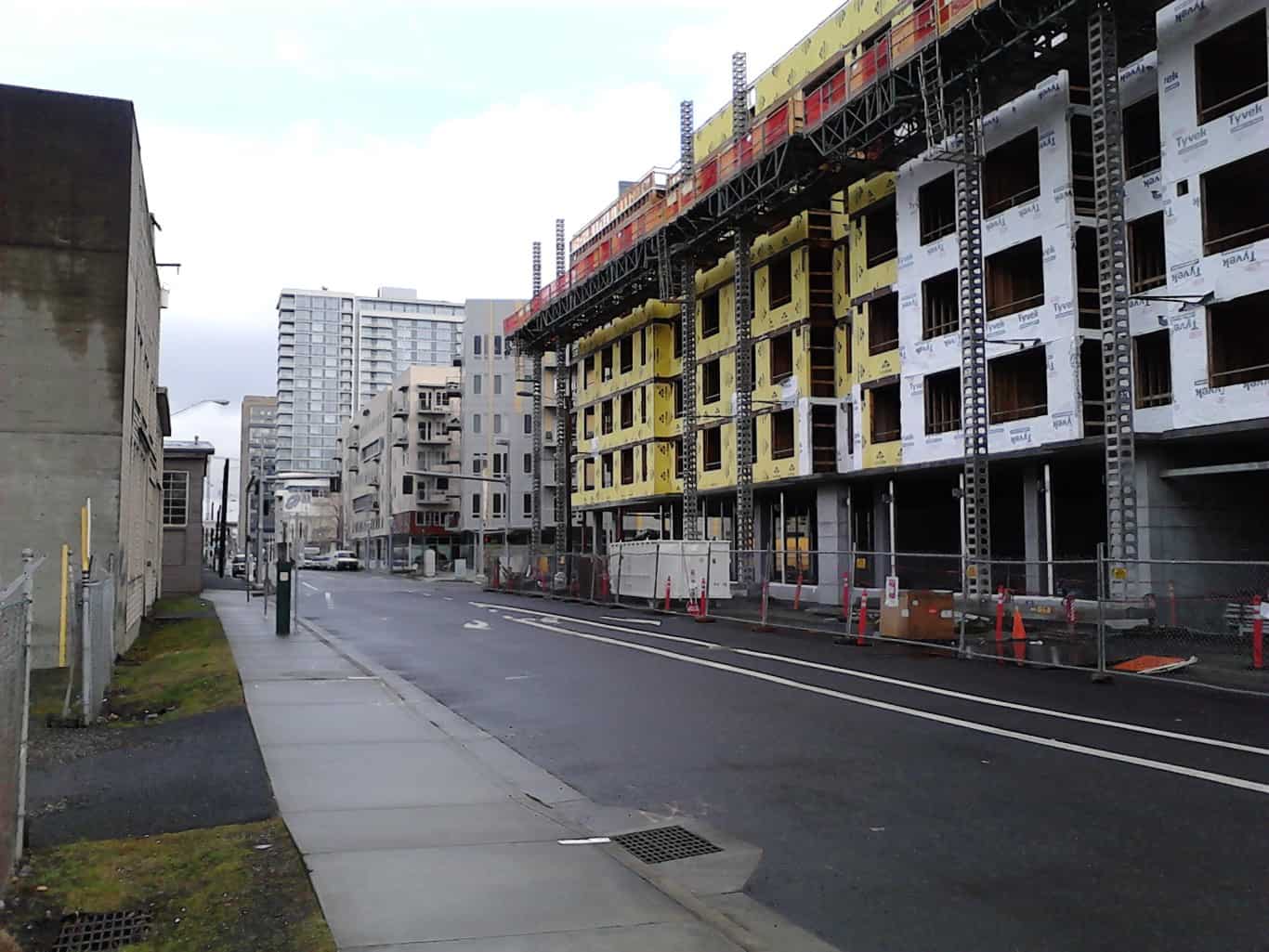

Recent data from Zillow reveals that it’s now more affordable to rent than to own a home in the United States, making the dream of homeownership seem more distant. Homeowners are spending 35% of their income on housing costs, while renters spend only 29%. Investors might consider real estate investment trusts (REITs) in non-coastal Sunbelt regions as a way to profit from this shift. Recommended REITs include Camden Property Trust (CPT) (NYSE: CPT), Mid-America Apartment Communities (MAA) (NYSE: MAA), and Avalon Bay (AVB) (NYSE: AVB), which offer attractive dividends and control over costs, making them viable investment options in the current market.
Transcript:
Austin, owning a home is an idea deeply rooted in the American dream.
But for many, let’s face it, it feels further out of reach than ever.
Now, there’s some recent data from Zillow that shows just how this dynamic has flipped.
So I want to ask you, what is this data and what’s going on?
Yeah, the bottom line here, and this data from Zillow, as you mentioned, is it’s now more affordable to rent than it is to own a home in the United States.
And owning a home is very much a part of the American dream.
So this makes that dream feel further out of reach.
So what is driving this?
Well, here’s the numbers.
Homeowners today are now spending 35% of their household income on housing costs, which include mortgages, taxes, and insurance.
Now, just for reference, we really like to see that number below 30%.
That’s considered the healthy level.
Of course, we advocate for people to really try and get that number below 25, even 20% if possible.
Now, on the other hand, compare that to renters who are currently only spending 29% of their income on rent on average.
This is again, according to Zillow.
That’s below that 30% healthy threshold that we regard.
How should investors play this?
What should you do?
It’s not a good time to go buy a home. They are too expensive.
So what’s one way to maybe profit off of this flip?
Well, one is by looking at vertically integrated REITs or real estate investment trusts, particularly those in the non-coastal Sunbelt region.
And the reason for that is that one, the coastal Sunbelt region is experiencing a lot of insurance costs and a spike in natural disasters.
And we like to focus on vertically integrated REITs because the more cost they can bring internally from development to management, the better.
It gives them more control over their own destiny and your returns as an investor.
So let’s look at three that we recommend today.
Number one, Camden Property Trust.
This is ticker symbol CPT.
This is one that I own personally.
This is an $11 billion company that pays a nearly 4% dividend today, and it owns roughly 60,000 units across the United States.
Number two, a very similar company, Mid-America Apartment Communities, ticker symbol MAA.
This is also one that I own.
It’s a $16 billion company, so about similarly sized, and it pays over a 4.3% yield, and they own 100,000 units across the United States.
These are rental units.
Number three, Avalon Bay.
This one is a little more focused on the Northeast than Mid-America and Camden, particularly New England.
They’ve also got some exposure to California and Washington.
It’s a $30 billion company, so it’s a little larger than the other two.
And they own roughly 80,000 units and they pay a 3.5% yield today.
So these are large REITs that have enormous experience and operating portfolios in the rental space.
So if it is, frankly, if it’s just more effective for people to rent than own today, they’re going to be going into these REITs properties as tenants.
And Austin, I love this because I have so many people right now asking me, they don’t want to be necessarily in treasuries because you’re limited to a 4.5% return or whatever it might be for the duration you’re buying.
Stocks, they’re afraid of being a little excessive currently and too much risk.
And with real estate, the question is, how do I get real estate exposure that doesn’t have too much exposure to areas like commercial real estate, where I’m a little afraid of office vacancies and also the retail situation?
So, well, you’ve just presented an incredible catalyst for demand with, you know, rent being a lot more affordable, and also some stocks that are paying near treasury levels and also have the upside of appreciation that you get through real estate and income.
So I think that these are outstanding ideas.
I think if you’re an investor out there, put these on a watch list, watch them.
It could be just what you need for your portfolio today.
Thank you for reading! Have some feedback for us?
Contact the 24/7 Wall St. editorial team.



